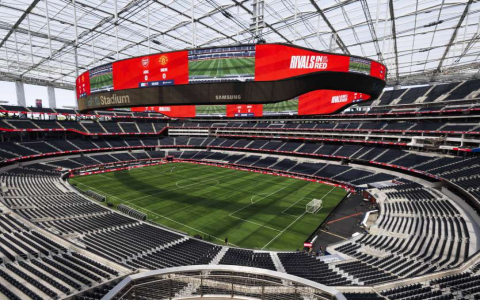Men’s tennis is currently witnessing a thrilling season, making headlines with electrifying performances from players worldwide. Recently, the ATP Tour has been filled with surprising results and exceptional displays of skill. Events such as the US Open and various ATP 1000 Masters Series tournaments have shifted the dynamics of competition, showcasing not just the power but also the finesse of the players. As fans eagerly discuss these events, it’s the perfect time to dive into a deeper conversation about the current state of men’s tennis.
One of the standout matches happened during the quarterfinals of the recent Paris Masters, where young talent Jannik Sinner faced off against seasoned veteran Rafael Nadal. Sinner’s aggressive baseline play and strategic net approaches caught many off guard. “I just went out there with no fear,” Sinner stated post-match. His bold mindset was evident as he broke Nadal’s serve multiple times, setting the stage for an unexpected upset. The match ended with Sinner triumphing in straight sets, a surprising turn that added fuel to discussions about the changing guard in men’s tennis.
Analyzing the match, one can see how the court conditions in Bercy contributed to Sinner’s success. The indoor conditions favored a faster ball, allowing his powerful groundstrokes to shine. Nadal, known for his legendary resilience, struggled to counter the pace and precision of Sinner’s shots. “I didn’t find my rhythm today,” Nadal reflected, hinting at the difficulties he faced throughout the match. This highlights the importance of adapting to different playing surfaces and conditions, a crucial aspect of professional tennis.
Sinner’s journey to this victory did not come without hard work. Historically, he has been consistent in ATP tournaments but with a mere handful of deep runs in Grand Slams. Over the past few seasons, he has dedicated himself to improving his mental strength and tactical awareness on the court. Observers have noted a palpable change in his demeanor, enhancing his on-court performance. With this match under his belt, discussions around his potential to be a future Grand Slam champion are intensifying.
Emotional Connection and Player Reflections
Following the match, Sinner shared his comments on the match’s significance, suggesting, “Every win against a player like Nadal teaches you something.” His acknowledgment of the learning experience signifies the respect he holds for his opponent. It also reflects the camaraderie among players, where victories serve as stepping stones towards greater accomplishments. Meanwhile, Nadal, despite the disappointment, remained gracious, emphasizing that “tough matches are part of the journey.” His sportsmanlike attitude further cements his legacy not just as a champion but as a figure of inspiration in the sport.
This season is also marked by the rise of new talent, with players like Carlos Alcaraz and felt the weight of expectations from a restless fanbase. Yet, the foundation laid by past champions remains evident. Players routinely draw inspiration to redefine their play, showcasing the sport’s evolution. The shift highlights how younger players are not just rising stars but potential legends in their own right.
Looking Ahead: What’s Next for Men’s Tennis?
As we look ahead toward the upcoming ATP Finals, the dialogue surrounding men’s tennis continues to grow. Key questions about the future of rivalries, the potential of emerging stars, and the long-term impacts of seasoned players linger in the air. With each tournament, fans eagerly anticipate how these narratives unfold and influence the global tennis landscape.
Finally, as we reflect on these discussions, it’s essential to engage with the community. Fans are encouraged to share their thoughts: What emerging players do you see making a mark in the coming years? Will the legacy of giants like Nadal and Djokovic continue to influence the game? Your insights could shape the ongoing dialogue in the world of men’s tennis. Join the forum today and be part of this vibrant, ever-evolving conversation!















